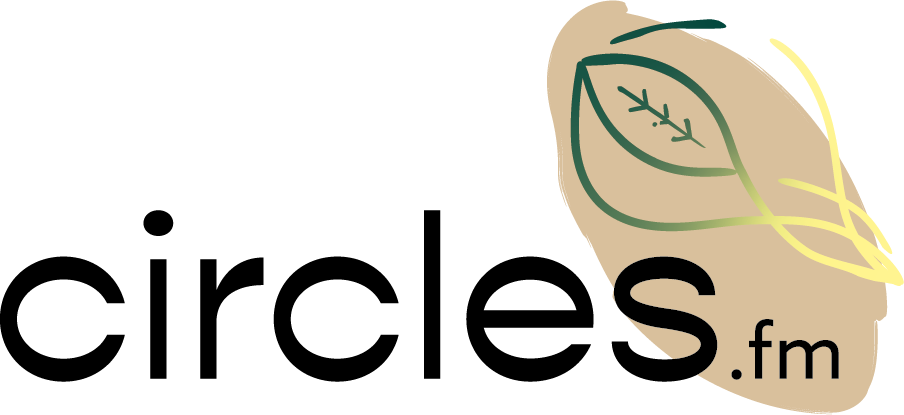Reading time: 3 minutes
The difference between quality marks and symbols
The quality marks discussed in this blog provide information about the sustainability of certain types of packaging. The organisations that issue these quality marks impose a number of requirements on the packaging. These requirements may relate to such aspects as the production of the packaging, the raw materials used, or the extent to which the packaging can be recycled. The fulfilment of these requirements is usually monitored by one or more independent organisations.
Symbols on packaging, however, are often based on only few or no requirements, and compliance with these is usually not checked. We will explain the various symbols that you may see on packaging in another blog, to be published soon.
This blog will examine a number of quality marks. This will be expanded by several others in Part 2, to follow shortly.
Cradle to Cradle
Cradle to Cradle Certified® is a science-based standard for designing and making products and packaging in a safe and circular manner. The certification is awarded by the independent Cradle to Cradle Products Innovation Insitute. The packaging must have a positive impact on people and planet and is assessed on five categories of sustainability performance: Material Health, Product Circularity, Clean Air and Climate Protection, Water and Soil Stewardship, and Social Fairness. Each category is assessed separately and Cradle to Cradle certification is awarded based upon four ascending levels of achievement: Bronze, Silver, Gold or Platinum. The awarded certificate level is determined based on the lowest category, and can be found on the product certification logo. The certification covers all components of the packaging (including all adhesives, labels, ink, etc.).



